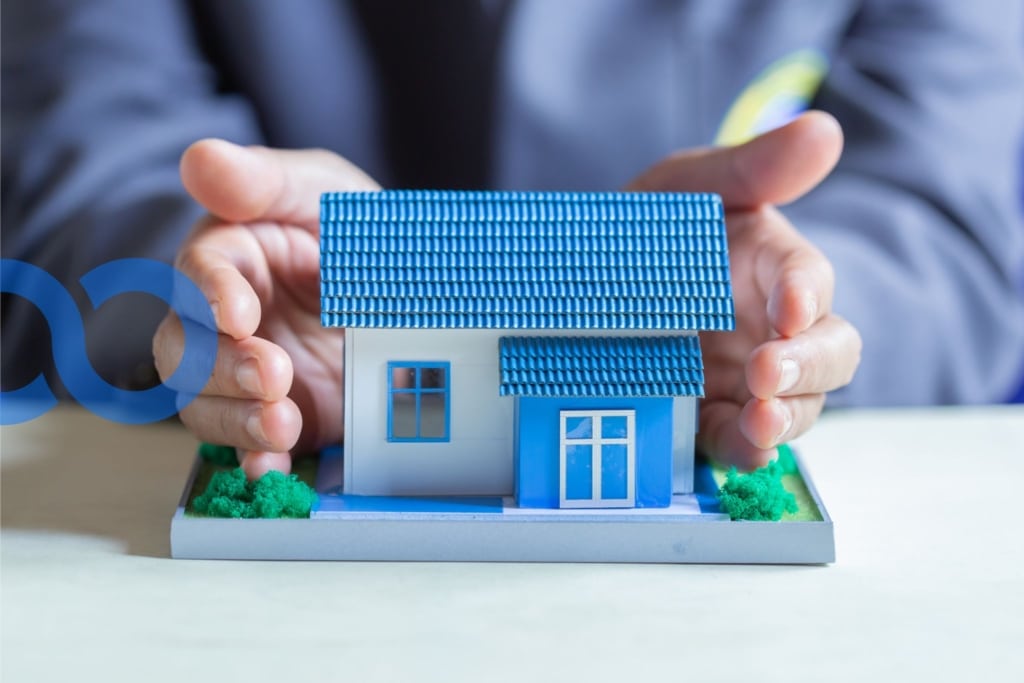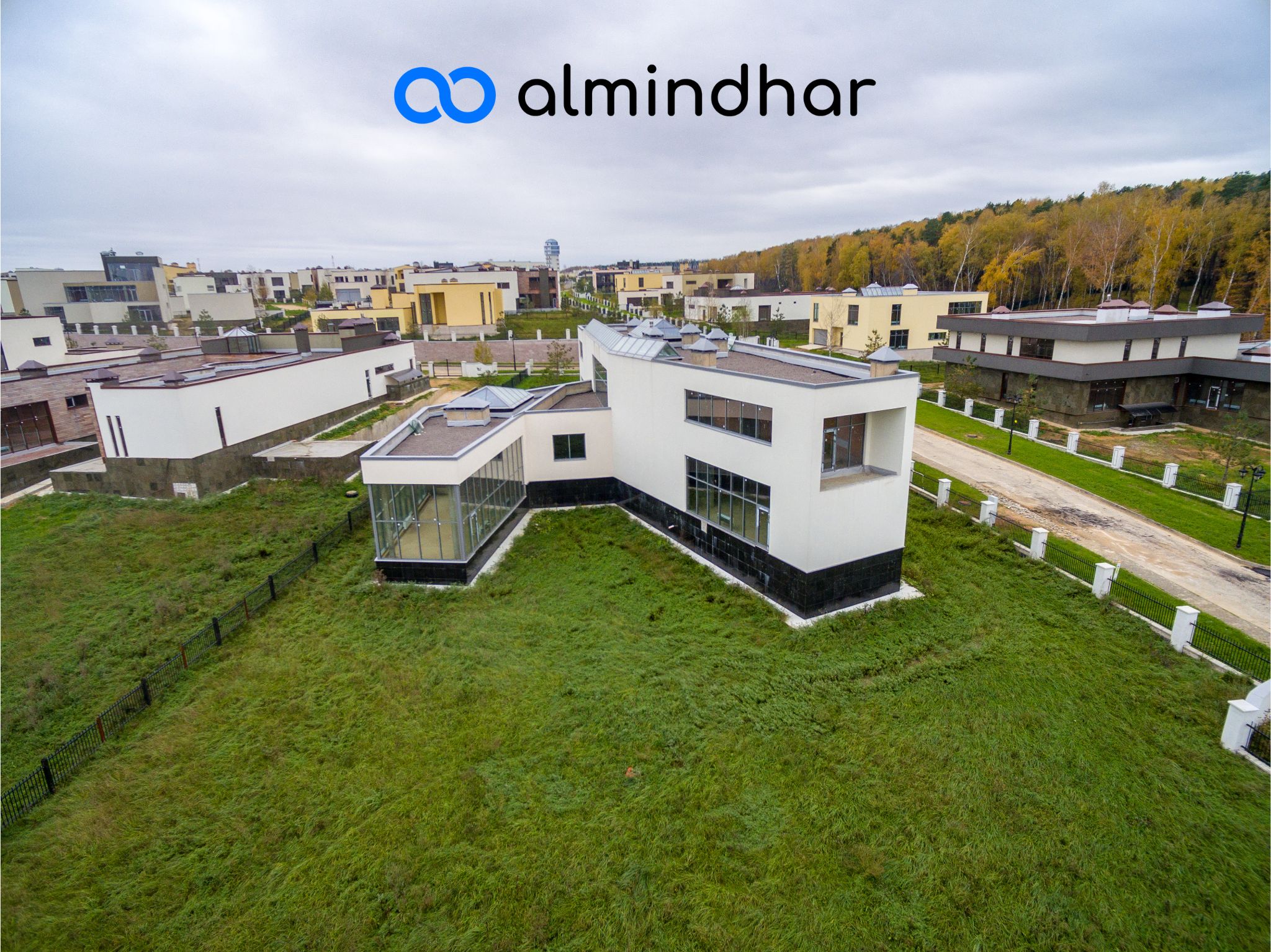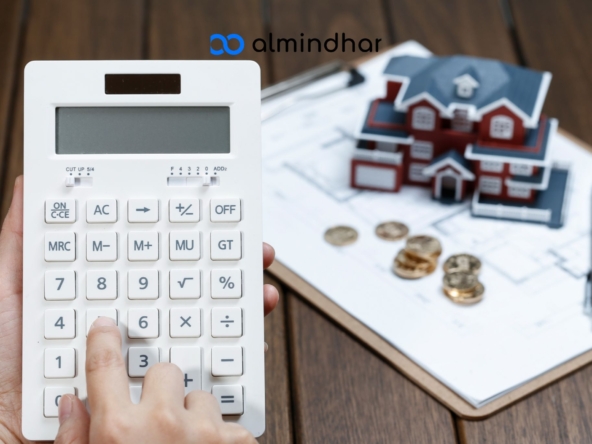Prefabricated homes are swiftly gaining popularity, drawing attention for their contemporary aesthetics, enhanced durability, and efficient construction processes. This growing trend reflects significant advancements in construction materials and techniques, while underscoring the environmental advantages over traditional methods.
In this article, we will delve into the reasons driving the enthusiasm for prefabricated homes. We’ll shed light on the innovations that make them appealing, explore the ecological benefits they provide, and showcase concrete examples of successful implementations.
- I-Redefining living spaces through innovative materials and advanced construction techniques
- II-Prefab Homes as Pillars of Eco-Friendly Living
- III-Initial Costs and Long-Term Savings
- 1-Decrease in Construction Timelines
- 2-Reduced Costs Associated with Construction Errors
- 3-Material Durability and Reduced Maintenance Costs
- IV-“Green House” Innovative Project
- V-Conclusion
I-Redefining living spaces through innovative materials and advanced construction techniques
Prefab homes fully embrace ongoing advancements in construction materials and assembly techniques. The rise of modular structures offers increased design customization, with each module prefabricated in factories to cater to specific homeowner needs. These modules also allow for future extensions, ensuring continuous adaptability.
The use of sustainable materials, such as glued-laminated timber and prefabricated concrete, marks a shift towards environmentally friendly construction solutions. These materials not only offer increased robustness but also reduce on-site construction waste. Advanced insulation panels play a crucial role in optimizing the energy efficiency of prefab homes, contributing to more durable and energy-efficient dwellings.
Simultaneously, the use of computer technology and 3D modeling has revolutionized design and manufacturing. This precise approach allows meticulous customization while minimizing construction errors. Overall, these material and technical innovations shape a future where prefab homes combine ingenuity, adaptability, and durability to meet the changing needs of modern homeowners.
II-Prefab Homes as Pillars of Eco-Friendly Living
The environmental advantages of prefab homes over traditional constructions are undeniable, shaping a more sustainable and eco-conscious architectural landscape. The factory-based manufacturing process, central to prefab construction, leads to a significant reduction in on-site waste. This efficient approach minimizes environmental impact, contrasting sharply with traditional methods that often generate substantial waste.
Reduced energy consumption stands as another crucial facet. Prefab manufacturing facilities, operating within controlled environments, optimize energy use compared to traditional job sites exposed to the elements. This not only lowers greenhouse gas emissions but also bolsters the overall efficiency of the construction process.
The use of sustainable materials represents a significant departure from conventional construction methods. Prefab homes often incorporate environmentally friendly materials such as FSC-certified wood and other durable composites. Moreover, the integration of eco-friendly solutions, like solar systems and ecological insulation, further enhances the green footprint of these residences.
By embracing prefab homes, consumers actively contribute to reducing their ecological footprint. These conscientious choices in favor of the environment signify an essential shift toward more sustainable construction practices, highlighting the crucial role of prefab homes in building a future where housing seamlessly aligns with the preservation of our planet.

III-Initial Costs and Long-Term Savings
The initial cost of prefab homes, although sometimes comparable or slightly higher than traditional constructions, unveils a long-term financial equilibrium in favor of prefab dwellings. The economic benefits stem from a strategic combination of factors that contribute to the overall cost-effectiveness of these innovative constructions.
1-Decrease in Construction Timelines
One key aspect to consider is the significant reduction in construction timelines associated with prefab homes. Being manufactured in a factory, prefabricated modules are assembled more rapidly on-site, thus minimizing costs related to labor and the delays often encountered in traditional construction projects.
2-Reduced Costs Associated with Construction Errors
The precision of factory manufacturing, aided by advanced modeling technologies, minimizes on-site construction errors. This prevents unforeseen expenses linked to last-minute adjustments, thus contributing to cost control throughout the process.
3-Material Durability and Reduced Maintenance Costs
The durability of materials used in prefab homes translates into increased resistance to weathering and superior longevity. By minimizing maintenance costs, these constructions prove to be more economical over the lifespan of the house, offering a financially advantageous solution.
In summary, although prefab homes may entail a slightly higher initial investment, their long-term economic advantages, coupled with enhanced durability and eco-friendly technologies, make them a wise choice for those seeking a sustainable and economically viable solution.

IV-“Green House” Innovative Project
In Tunisia, the movement towards prefab homes has seen significant growth with the innovative “Green House” project. This initiative, spearheaded through collaboration between local architects and companies specializing in sustainable construction, embodies the advantages of prefab homes tailored to the specific needs of the Tunisian context.
The “Green House” stands out for its contextualized customization, integrating traditional Tunisian architectural elements into modern prefab structures. This fusion addresses aesthetic expectations while harnessing the practical benefits of prefab construction.
Materials chosen for the “Green House” are specifically adapted to Tunisia’s Mediterranean climate. The use of solar panels, rainwater harvesting systems, and advanced thermal insulation ensures optimal energy efficiency, thereby reducing dependence on external resources.
V-Conclusion
The rise of prefab homes lies in a smart combination of material innovations, advanced construction techniques, and a commitment to sustainability. Their increasing appeal also rests on heightened environmental consciousness among consumers who recognize the long-term benefits, both financially and ecologically. By embracing this trend, we’re not only shaping the future of housing but also promoting construction practices that are more respectful of our planet. Prefab homes are no longer just alternatives; they are pioneers in redefining how we design, build, and live in our habitats.



